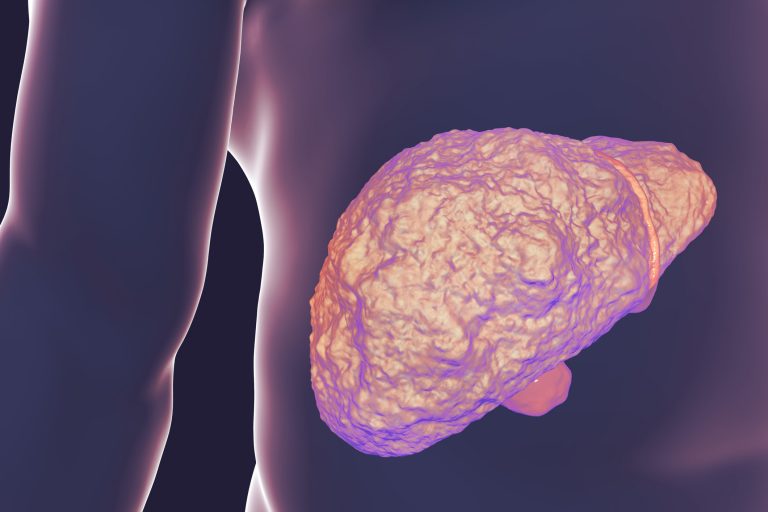
A team from the Salk Institute and University of California San Diego (UCSD) has used machine learning to develop a highly accurate and non-invasive microbiome-based diagnostic test for liver disease. This new test quickly and inexpensively identifies cirrhosis over 90 percent of the time. The team’s study was published June 30, 2020 in Cell Metabolism. [LINK] http://dx.doi.org/10.1016/j.cmet.2020.06.005
There is urgent and widespread need for a better liver disease test. This condition is difficult to diagnose and is usually managed by specialists, who rely on their experience, invasive biopsies, or expensive MRI machines. The Salk/UCSD team’s approach uses an algorithm to analyze data from stool samples–which contain traces of gut microbes.
Chronic liver disease affects an estimated 844 million people globally, according to the World Health Organization. It is one of the leading causes of mortality in Australia, the United Kingdom, and the United States. Currently, no FDA-approved anti-fibrotic liver therapy is available.
The most common cause of chronic liver disease is non-alcoholic fatty liver disease (NAFLD), which can progress to liver fibrosis, cirrhosis, and potentially cancer, as scaring develops and leads to cell death. Dysregulation of the gut microbiome has been implicated in the progression of NAFLD to advanced fibrosis and cirrhosis. That finding spurred this latest study.
“We sought to develop a universal, non-invasive test for liver fibrosis and cirrhosis based on a ‘microbiome signature’ of the disease,” says Michael Downes, a Salk senior staff scientist and co-author of the study.
Using data from shotgun metagenomic- and metabolic-profiling of stool samples, the team optimized a machine learning-based algorithm to uncover signatures from patient stool samples. That study included 163 clinical samples, from healthy as well as well-characterized sick patients and their family members.
The team identified metagenomic and metabolomic signatures that pointed to a cirrhosis diagnosis with greater than 90% percent accuracy. Combining the metagenomic signature with age and serum albumin levels accurately distinguished cirrhosis in etiologically and genetically distinct cohorts from geographically separated regions. By including of serum aspartate aminotransferase levels, which are increased in cirrhosis patients, cirrhosis could be distinguished from earlier stages of fibrosis. This ability could be important for improving patient management.
“These findings demonstrate that it is possible to use machine learning to identify a universal signature that can be used for accurate diagnosis of a disease, such as liver cirrhosis,” says Tae Gyu Oh, first author of the paper and a postdoctoral researcher in the Evans lab. “The patterns we found reflect the complexity of the microbiome and how gut health likely affects disease.”
The researchers then validated the signature in two independent populations of patients, one from China and another from Italy. Their signature accurately identified cirrhosis in over 90 percent of patients overall.
“The microbiome is a dynamic living sensor of small changes in health and disease in the body, and as such, it provides an accurate readout of body health,” says Salk professor Ronald Evans, co-corresponding author. “Because this diagnostic is fast and low-cost, it could be something that becomes widely used, especially in the many areas that lack specialty clinics and physicians. Simply said, it could be a real game changer, with world-wide implications.”
The team hopes this approach can be used to guide therapeutic research as well as to characterize additional diseases, such as inflammatory bowel disease, colon cancer, Alzheimer’s and other diseases shown to be likely affected by a dysregulated microbiome.













